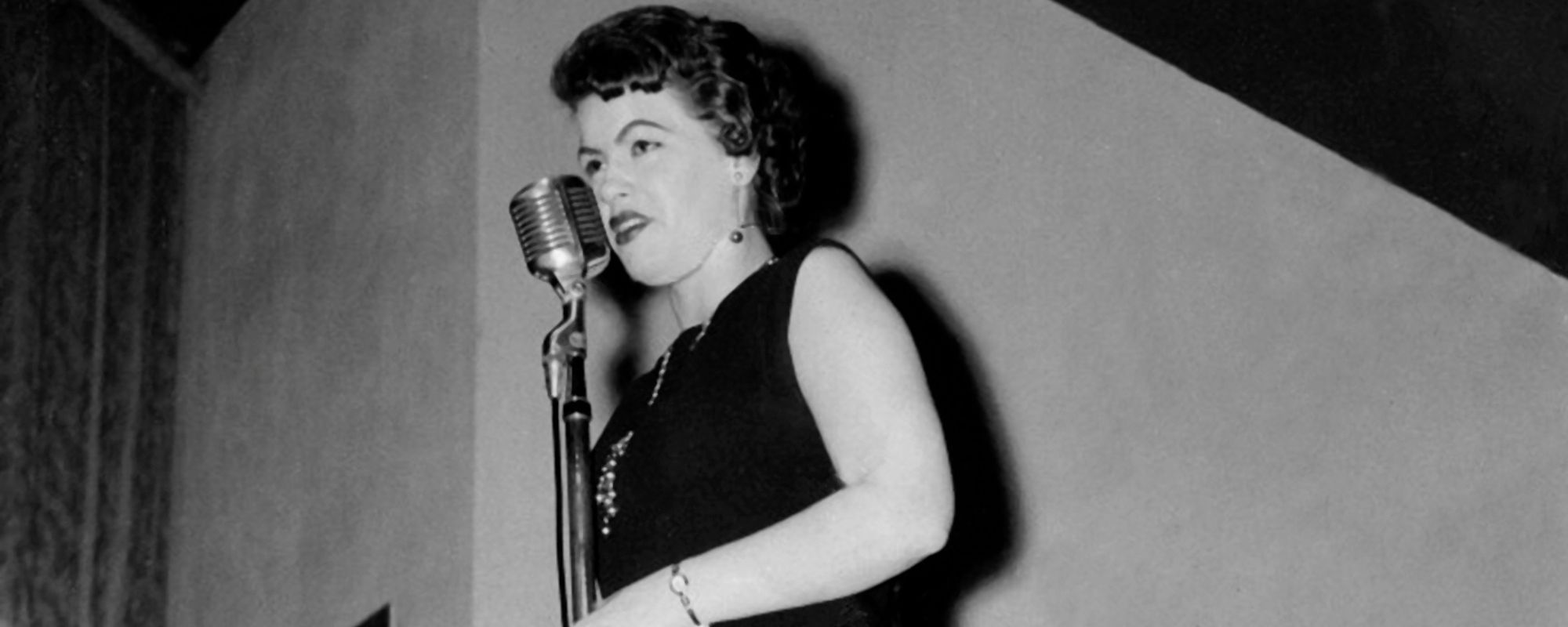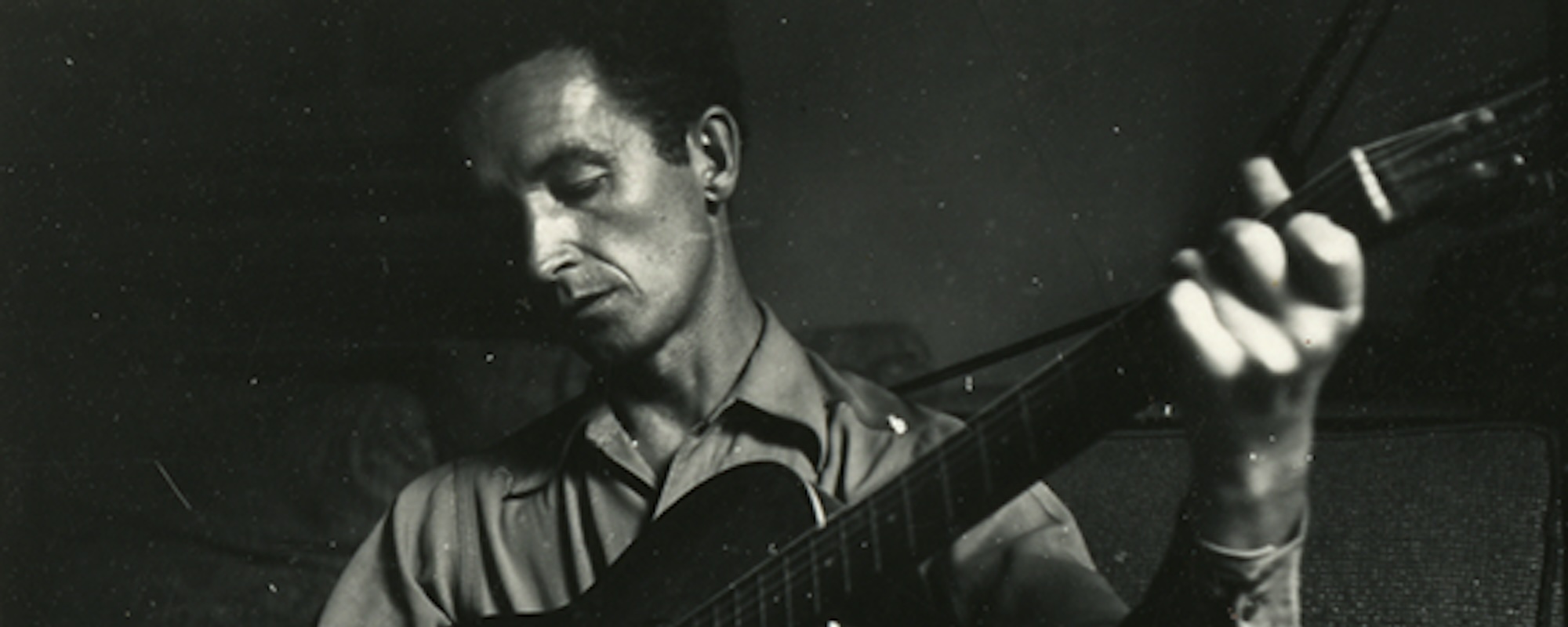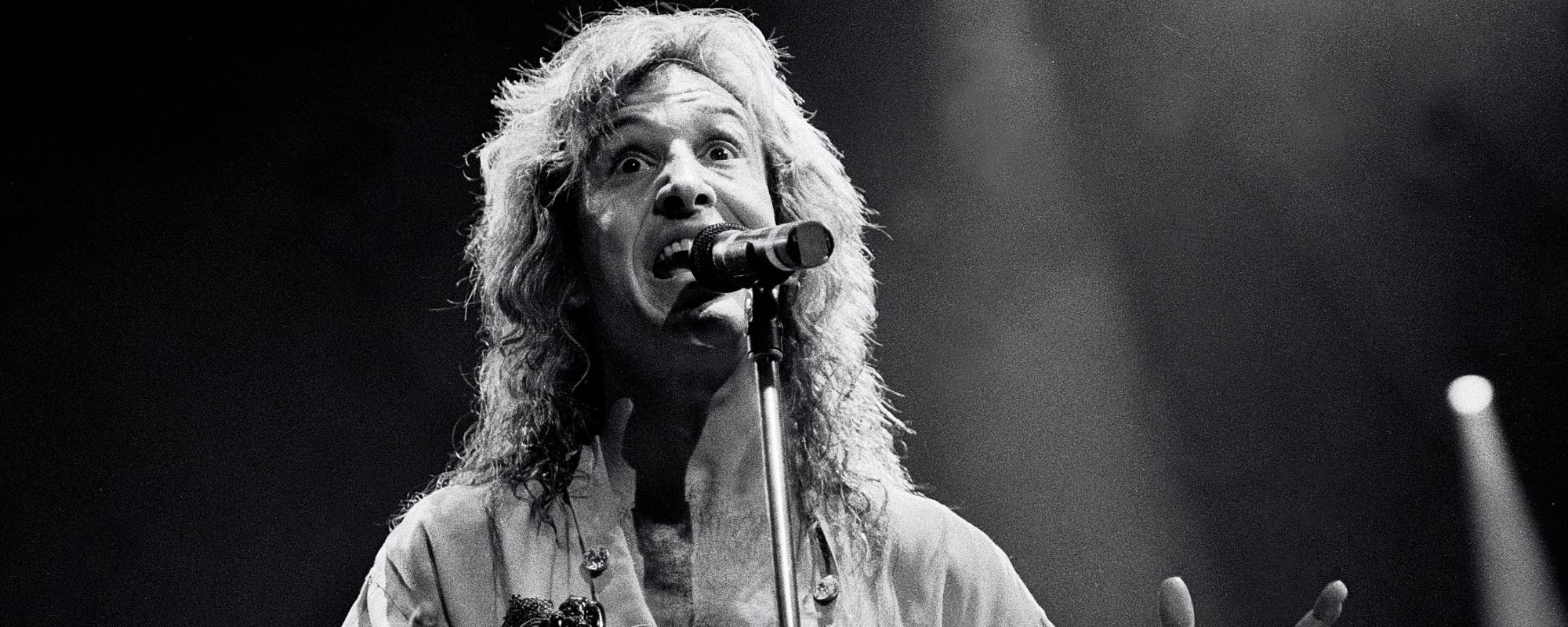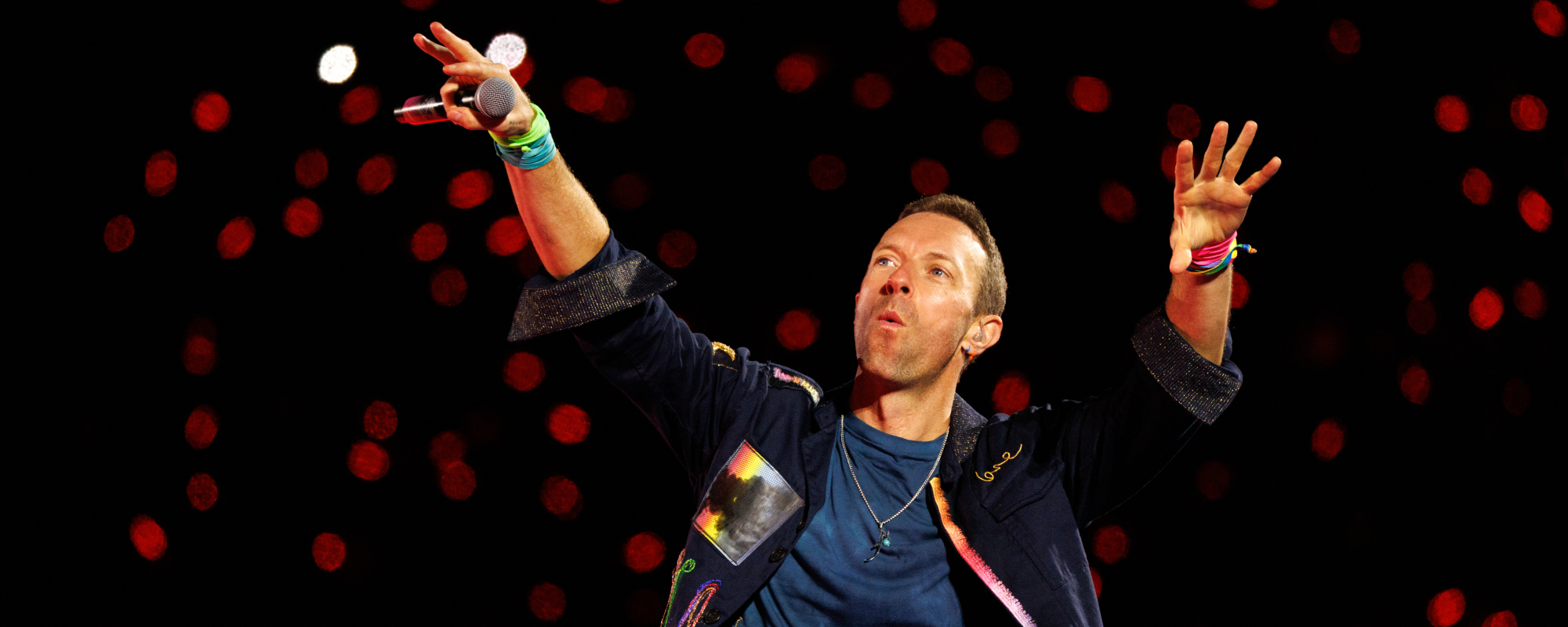It’s hard not to envision Chris Martin and his piano when thinking of Coldplay.
Videos by American Songwriter
Though the group broke out with a non-piano song, “Yellow,” Martin’s piano riffs became as identifiable as his vocal hooks. So much so, that one of their biggest songs doesn’t even have a chorus. More on that below.
Somehow, Martin finds the right keys to play beneath all the glow-in-the-dark graffiti. Perhaps these three piano riffs from Coldplay inspired some kids to choose a keyboard instead of a guitar.
“Clocks” from A Rush of Blood to the Head (2002)
Coldplay’s second album begins with the relentless pounding of “Politik.” If you were around to witness the band open their 2002–2003 world tour with it, you’d recall Chris Martin attacking his upright piano like an anxious Schroeder from Peanuts.
But two songs define A Rush of Blood to the Head and, in a way, Coldplay. First, there’s “Clocks.” It’s a hit song without a chorus and one fully constructed with Martin’s disjointed motif. Nothing about this song screams “hit.” Even drummer Will Champion called it “rubbish.” It’s not even a song, he said. Still, it might be the Coldplay song.
“The Scientist” from A Rush of Blood to the Head (2002)
“The Scientist” sits at the opposite end of the blood-rushing spectrum. If you were sitting in a recording studio and wanted to reference a Coldplay ballad for inspiration, you’ll either dial up this one or “Fix You.” Here, Martin plays simple chords on downbeats similar to John Lennon’s “Imagine.”
Martin once recalled an epiphany when learning music as a child. He didn’t need to be Beethoven to make music. But how he forms humble progressions into hymns is its own kind of virtuosity. When Jonny Buckland finally enters with his electric guitar at three minutes and 42 seconds, it would be the album’s emotional peak if it weren’t for “Clocks.”
“Lovers in Japan” from Viva la Vida or Death and All His Friends (2008)
Following the critical backlash to X&Y, Coldplay enlisted Brian Eno to dislodge them from their comfort zone. “Lovers in Japan” uses a tack piano, which is a piano where thumbtacks are fitted to the hammers for a brighter, more tactile sound. For the sound, think of old Hollywood Western saloon pianos or a harpsichord.
Coldplay was already on a trajectory to U2-level elevations, but “Lovers in Japan” aimed for the ambitious heights of the Irish band’s experimental Achtung Baby. Eno, with Daniel Lanois, helped U2 reinvent themselves in the 1990s. And Coldplay’s fourth album similarly sprung them from a creative cul-de-sac.
Photo by Hayley Madden/Redferns













Leave a Reply
Only members can comment. Become a member. Already a member? Log in.